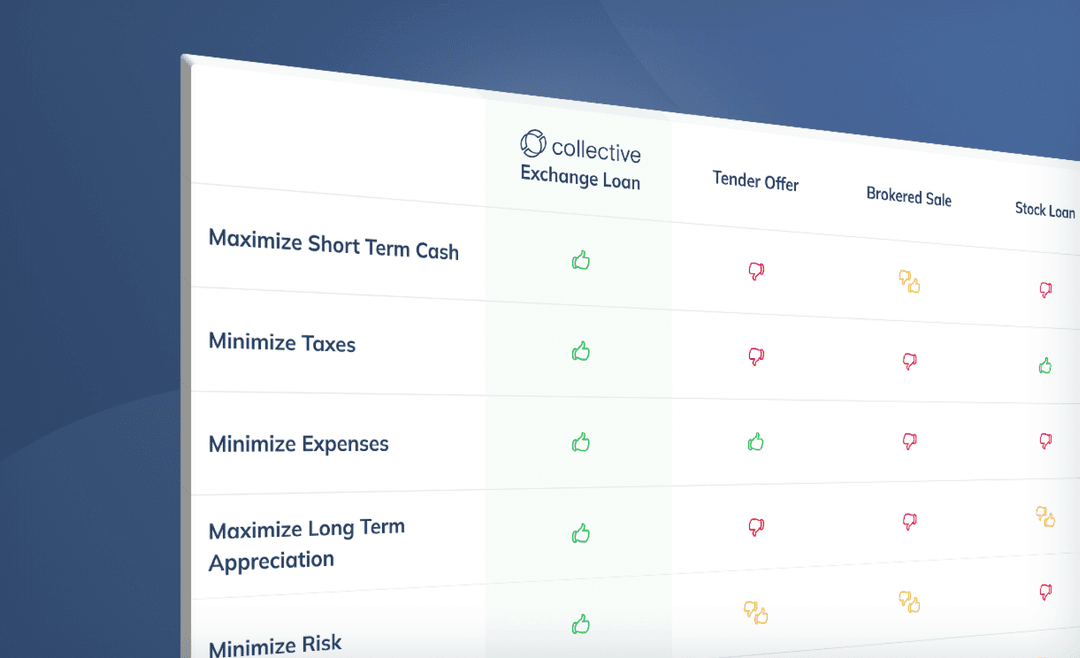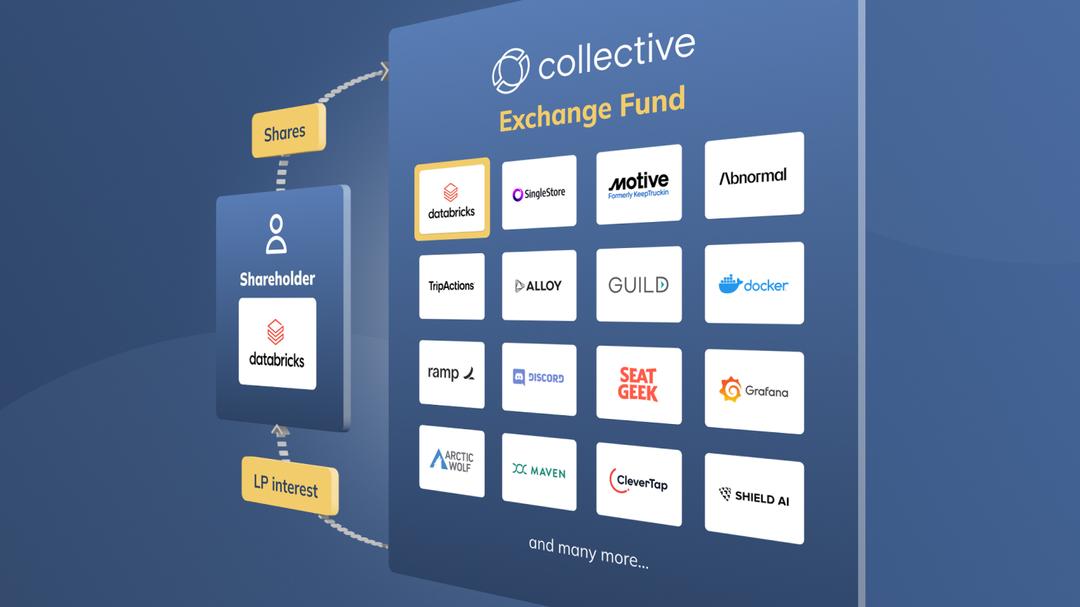Tax Treatment of Contributions into the Collective Exchange Fund
Why Holders of Unicorn Shares Recognize No Gain When Exchanging into the Collective Exchange Fund
This article summarizes the reasons under current U.S. federal tax law why holders of shares in private growth companies (i.e., “unicorns”) recognize no U.S. federal taxable gain when exchanging shares into the Collective Exchange Fund (the “Fund”).
The Applicable Code Sections
Section 721(a) of the Internal Revenue Code (the “Code”) states as a general rule that “no gain or loss shall be recognized to a partnership or to any of its partners in the case of a contribution of property to the partnership in exchange for an interest in the partnership.” However, Code Section 721(b) provides an exception from this nonrecognition of gain for a “transfer of property to a partnership which would be treated as an investment company (within the meaning of Code Section 351) if the partnership were incorporated.”
Pursuant to Treasury Regulation Section 1.351-1(c), a transfer of property to a partnership will be deemed a transfer to an investment company if: (a) the transfer results, directly or indirectly, in diversification of the transferor’s interests, and (b) over 80% of the value of the partnership’s assets are held for investment and are “stock and securities.” Code Section 351 defines “stock and securities” generally as: (i) money, (ii) stock and other equity interests in a corporation including evidences of indebtedness, options, forward or futures contracts and derivatives, (iii) foreign currency, (iv) interests in REITs, regulated investment companies, publicly traded partnerships, (v) precious metals, and (vi) equity interest convertible into any of these assets.
Stock and securities are deemed “held for investment” unless they are: (i) held primarily for sale to customers in the ordinary course of business, or (ii) used in the trade or business of banking, insurance, brokerage or a similar trade or business.
Treasury Regulation Section 1.351-1(c)(2) provides that the determination of whether a corporation is an investment company will ordinarily be made by reference to the circumstances existing immediately after the transfer. However, where circumstances change pursuant to a plan in existence at the time of the transfer, the determination is made by reference to the later circumstances.
The Exchange Fund’s Qualifying Assets
The Collective Exchange Fund is committed to maintaining a legal structure that preserves the ability of “unicorn” shareholders to contribute their shares into the Fund without recognizing taxable gain from the contribution. Accordingly, upon any closing of a transfer of shares into the Fund, more than 20% of the value of the Fund’s gross assets will consist of “Qualifying Assets.” Qualifying Assets for these purposes are defined as assets that either are (i) not “stocks and securities” or (ii) not held for investment (each as set forth in Code Section 351 and described above). The holding of Qualifying Assets by the Fund is intended to make it so that over 80% of the value of the partnership’s assets are not stock and securities thereby preserving the tax-free nature of the exchange.
The Fund expects to hold investments in Qualifying Assets primarily through its ownership of limited partnership interests in funds that: (i) are classified as partnerships for tax purposes, (ii) are not publicly traded as defined under Code Section 7704(b), (iii) hold more than 80% of their gross assets at all times in the form of investments in real property after looking through any intermediate entities.
The Fund intends to have more than 20% of the Fund’s gross assets invested in these or other Qualifying Assets as of each closing of the Fund. Accordingly, the Fund does not plan to sell investments in Qualifying Assets or to purchase other investments if such sale or purchase would cause the Fund thereafter to hold less than 20% of its gross assets in Qualifying Assets.
Conclusion
Although the transfer of shares into the Collective Exchange Fund by an exchanger will result in diversification of the exchanger’s interest under the Treasury regulations, the Fund will not meet 80% of assets test of Treasury Regulation Section 1.351-1(c) and so will not be treated as an “investment company” within the meaning of Code Sections 721(b). Therefore, the exception to the non-recognition rule set forth in Code Section 721(b) does not apply, and the general rule set forth in Code Section 721(a) that no gain shall be recognized by a person contributing shares to a partnership in exchange for an interest in the partnership holds.


